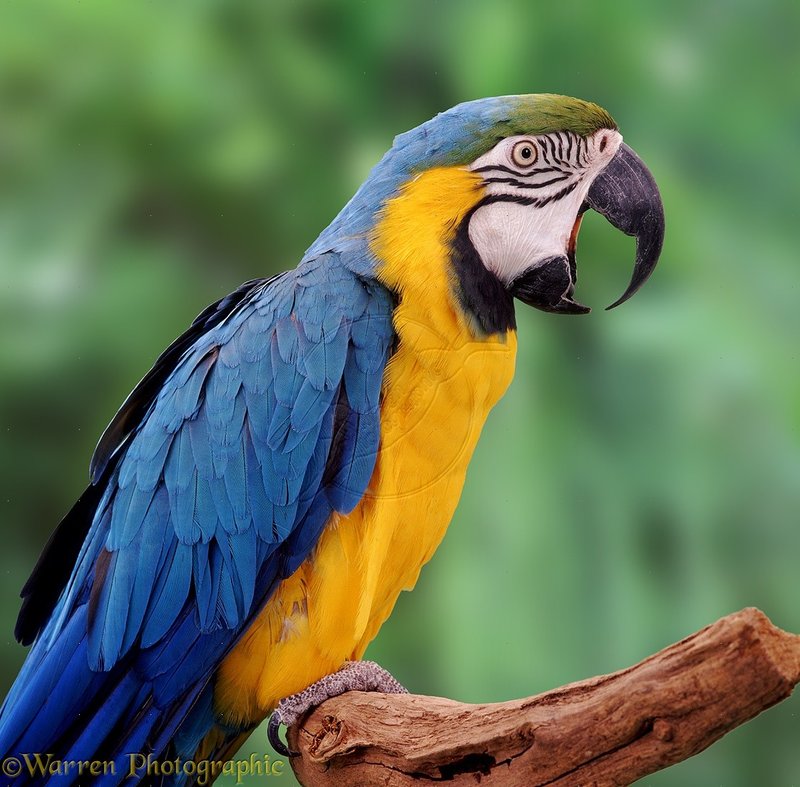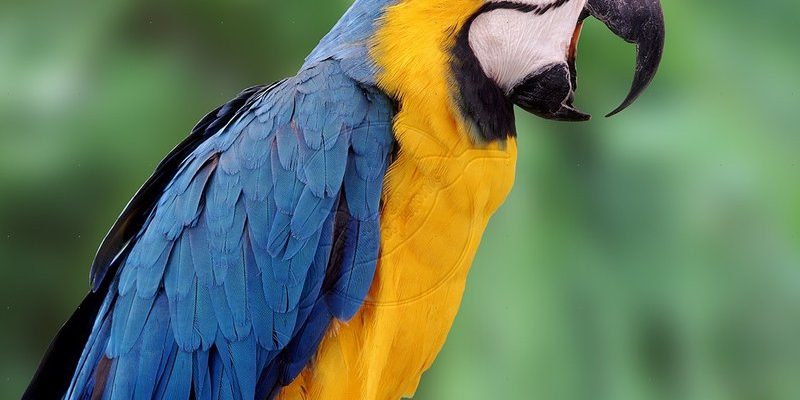
So, how did this colorful creature come to be? To understand its evolution and history, we need to journey through time, exploring its origins in the wild, its relationship with humans, and its fascinating survival story. Think of the blue-and-yellow macaw as a vibrant thread in the tapestry of our planet’s biodiversity, woven through centuries of environmental change and human interaction.
Origins and Habitat of the Blue-and-Yellow Macaw
The blue-and-yellow macaw, scientifically known as *Ara ararauna*, hails primarily from the lush rainforests of Central and South America. These gorgeous birds thrive in various habitats, including the Amazon rainforest, savannas, and even gallery forests along rivers. You might be wondering why they prefer such diverse environments. Well, their adaptability is key to their survival, allowing them to find food and shelter in changing landscapes.
Their natural diet consists mainly of fruits, nuts, and seeds—which you could think of as their version of a gourmet meal plan. The unique shape of their beak allows them to crack open tough nuts with ease. Imagine having a built-in nutcracker! This ability not only showcases their physical evolution but also highlights their ecological role as seed dispersers, helping maintain the health of their habitats.
The Evolution of the Blue-and-Yellow Macaw
Let’s take a moment to dig into how the blue-and-yellow macaw evolved. They belong to a larger group called psittacines, which includes parrots and parakeets. These birds share common ancestors, and through millions of years of evolution, they developed distinct characteristics that help them thrive in their environments.
One striking aspect of their evolution is their social behavior. Blue-and-yellow macaws are known for their intelligence and strong social bonds. They often form monogamous pairs, which mean they mate for life—something that speaks volumes about their social structure. Honestly, watching them interact can feel like observing a mini soap opera, filled with playful squabbles and tender moments.
As they evolved, their striking blue and yellow feathers not only became a tool for attracting mates but also served as camouflage against predators in their vibrant environments. The combination of beauty and functionality is a classic example of nature’s artistry.
Blue-and-Yellow Macaws and Human Interaction
It’s hard to talk about the blue-and-yellow macaw without mentioning their relationship with humans. Historically, these birds were often captured for the pet trade due to their intelligence and beauty. While they can make charming companions, this popularity has had a significant impact on their populations in the wild.
Humans have also played a role in habitat destruction. As we expand agriculture and urban areas, these beautiful birds lose their homes. Conservationists have been working tirelessly to protect their natural habitats and promote sustainable practices. You might think of it as a tug-of-war between environmental conservation and human development—an ongoing challenge that affects many species.
Fortunately, awareness around these issues has grown. Many people now advocate for responsible pet ownership and support wildlife conservation efforts aimed at preserving wild populations. It’s like a community rallying to stand up for a beloved local icon, ensuring that future generations can admire these magnificent birds in their natural habitat.
Conservation Efforts for the Blue-and-Yellow Macaw
With the blue-and-yellow macaw facing threats in the wild, various conservation efforts are in place to protect them. Organizations worldwide are dedicated to habitat preservation, anti-poaching initiatives, and breeding programs that aim to boost their numbers. These programs often work closely with local communities, ensuring that everyone benefits from conservation efforts.
For example, in some areas, eco-tourism has become a vital part of these efforts. By attracting birdwatchers and nature enthusiasts, local economies can thrive while also promoting the preservation of the blue-and-yellow macaw’s habitat. You might think of it as finding a balance between human interest and wildlife protection.
These conservation strategies hinge on education and community involvement. Schools and local programs help teach future generations about the importance of biodiversity and protecting their feathered friends. So, in a way, every time someone learns about these macaws, they become a little guardian of the rainforest!
The Role of the Blue-and-Yellow Macaw in Culture
Beyond their environmental significance, blue-and-yellow macaws have made a lasting impression on human culture. They often symbolize freedom and joy, appearing in art, literature, and even films. You might remember seeing them in movies like *Rio*, where their adventures spark a love for these creatures in audiences of all ages.
In some indigenous cultures, these birds are revered and feature in folklore and traditional stories. They embody the vibrant spirit of the rainforest, often representing the connection between humans and nature. It’s fascinating how a bird can inspire such rich narratives, bridging the gap between the natural world and human creativity.
Their presence in various cultural expressions showcases the need for wildlife conservation. The more we celebrate these beautiful creatures, the more we are reminded of our responsibility to protect them and their habitats.
Future of the Blue-and-Yellow Macaw
As we look to the future, the fate of the blue-and-yellow macaw largely depends on our actions today. Conservationists remain hopeful, advocating for sustainable practices that allow both humans and wildlife to thrive. By supporting eco-friendly initiatives and responsible pet ownership, we can help ensure that these stunning birds continue to grace our skies.
We also need to be aware of climate change, which poses new challenges for wildlife. The habitats that blue-and-yellow macaws rely on are shifting, and their adaptability will be put to the test. But with dedicated efforts from individuals, organizations, and governments, there’s a chance to protect these birds and their homes.
In the end, the blue-and-yellow macaw is more than just a pretty face; it’s a symbol of resilience and the intricate connections within our ecosystems. By learning about their history, evolution, and the challenges they face, we can all play a part in ensuring their survival.
As we sip our coffee and admire these colorful birds, let’s remember our role in their story. Together, we can help preserve the magic of the blue-and-yellow macaw for generations to come.

